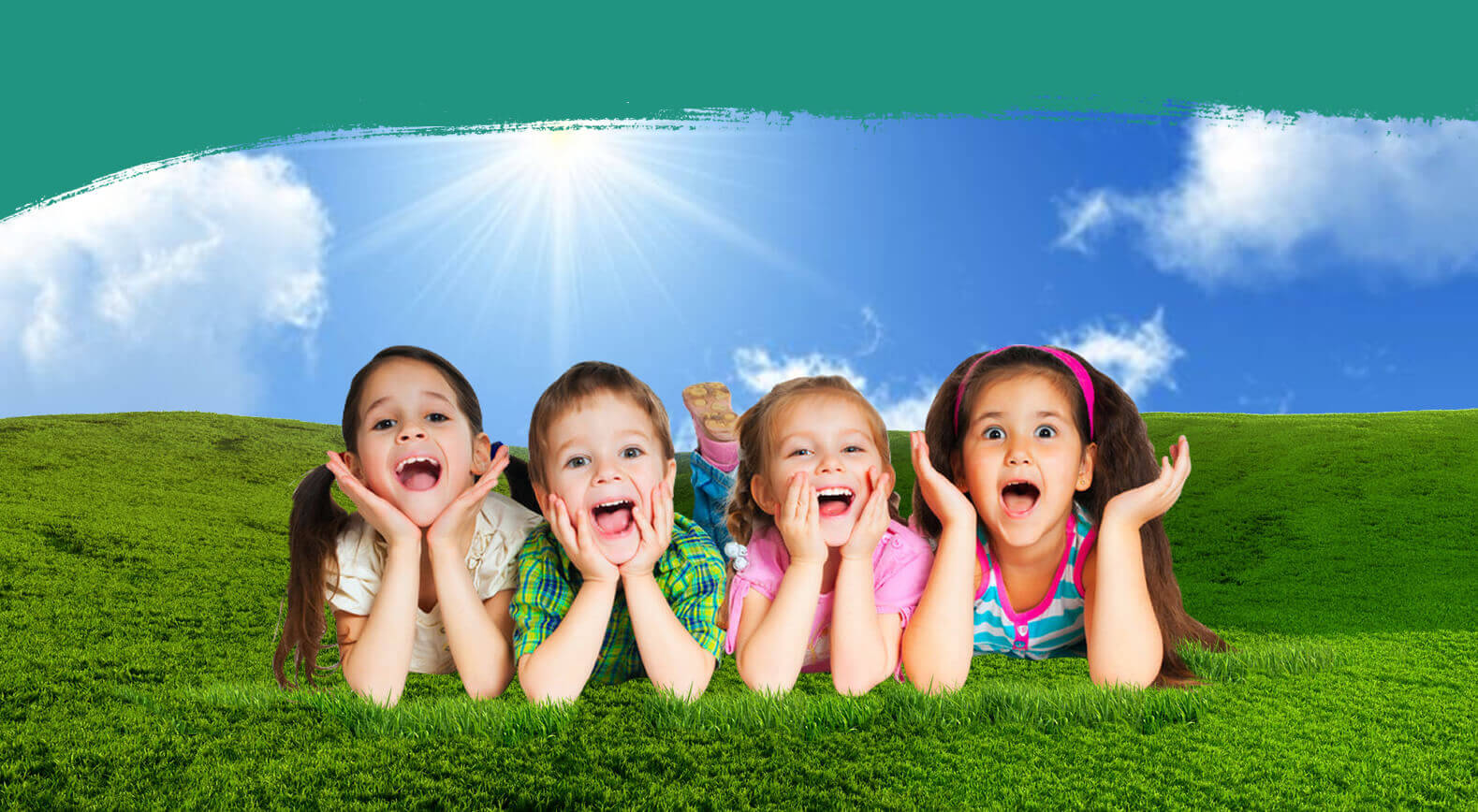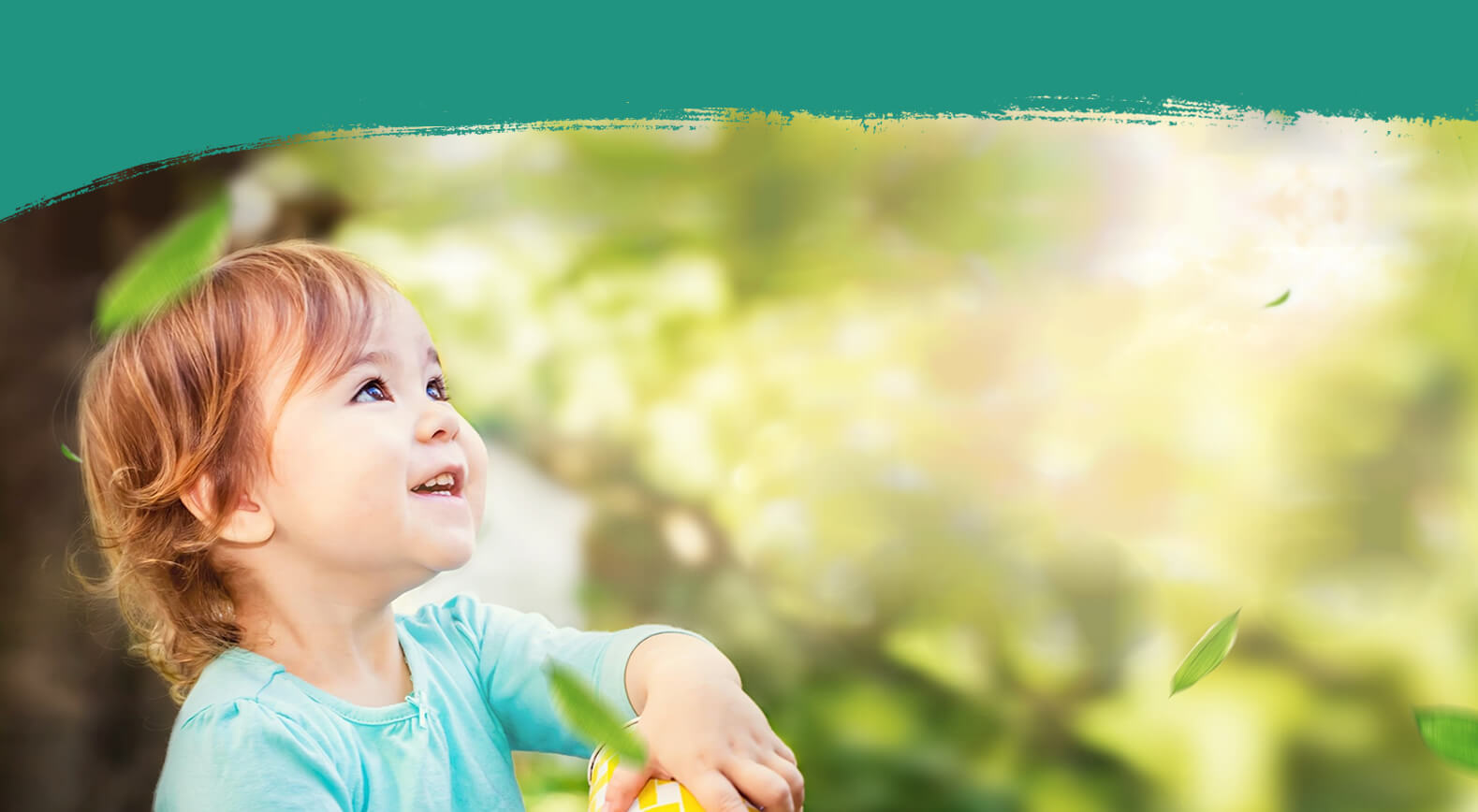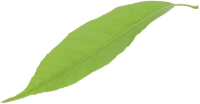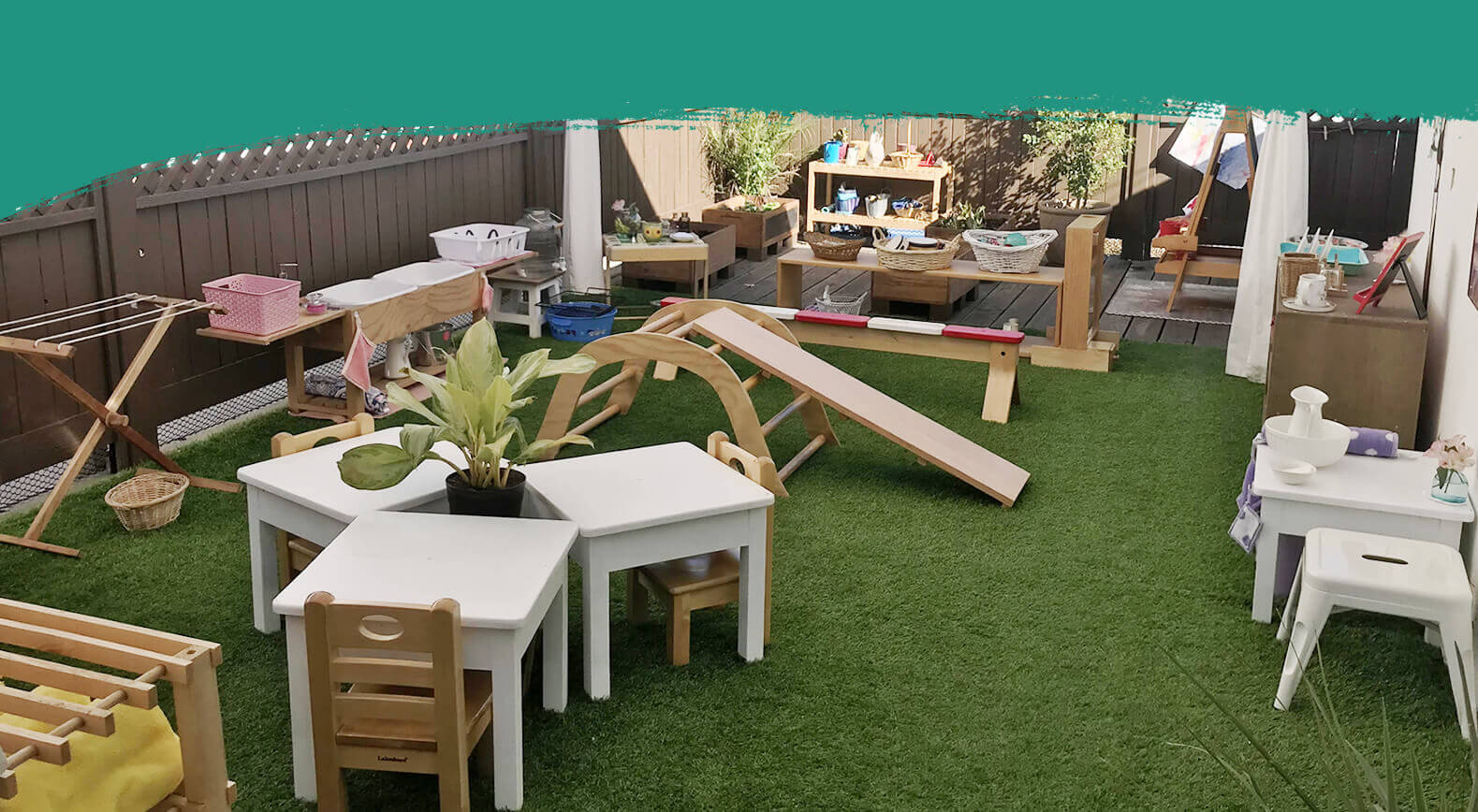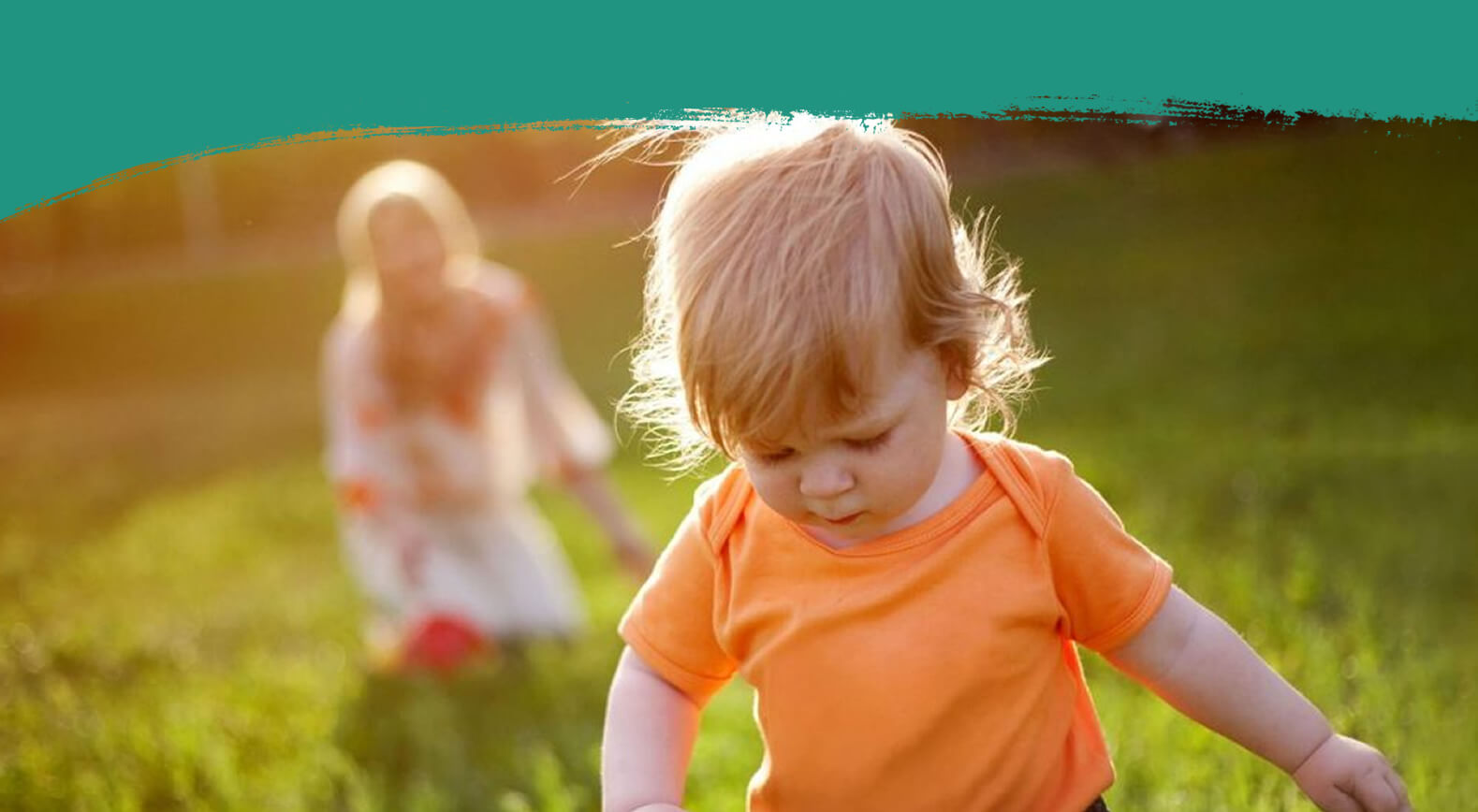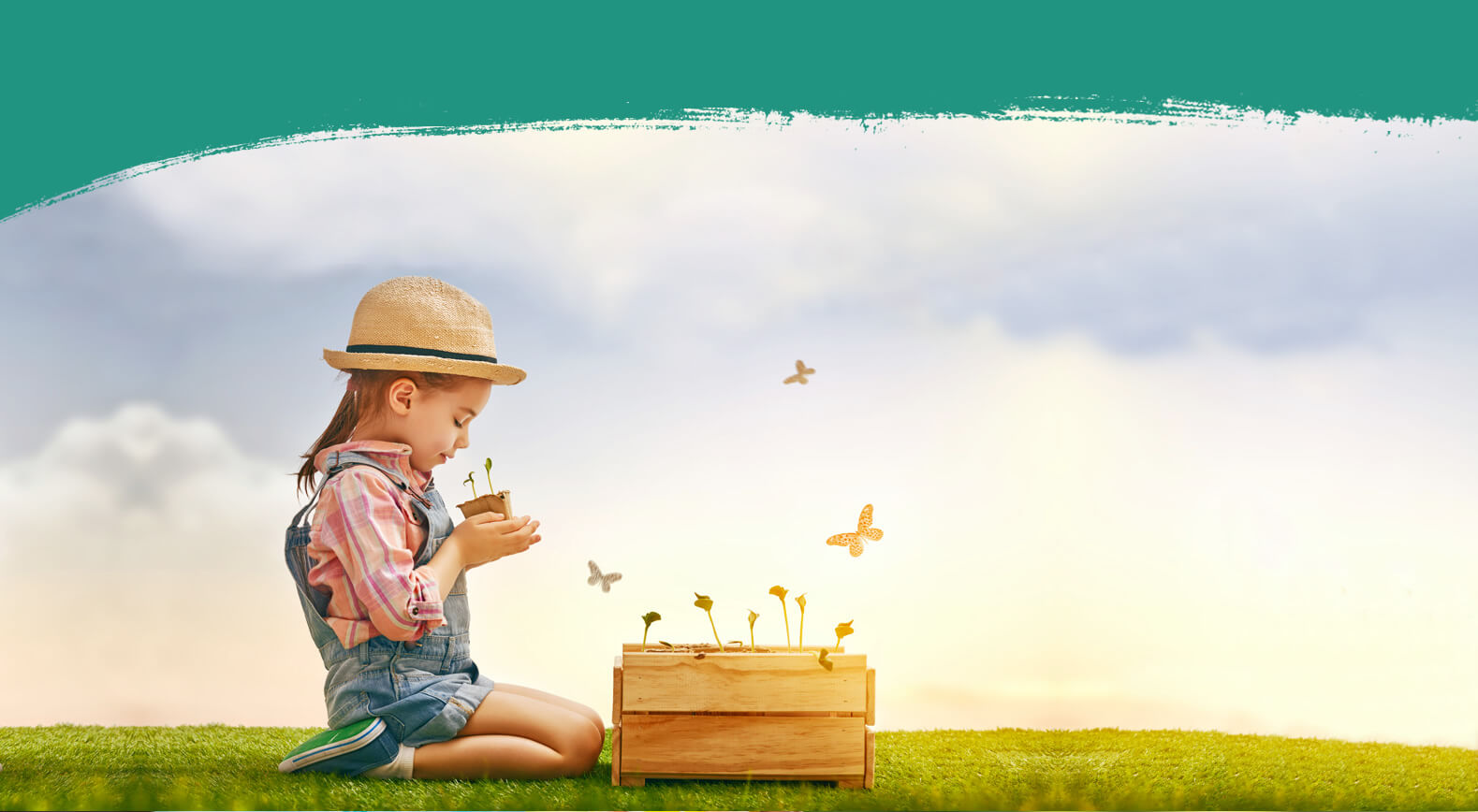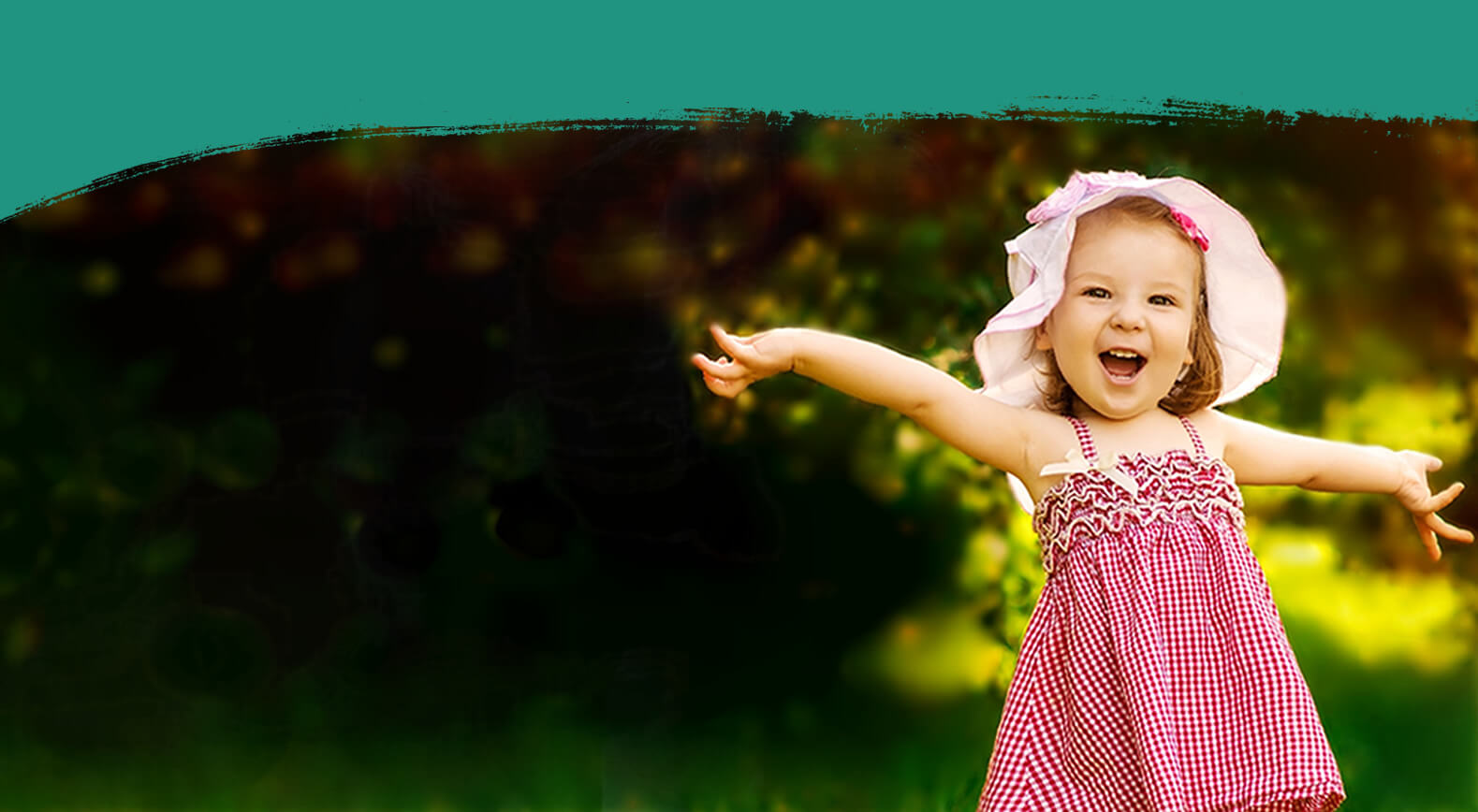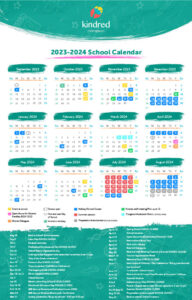Our programs
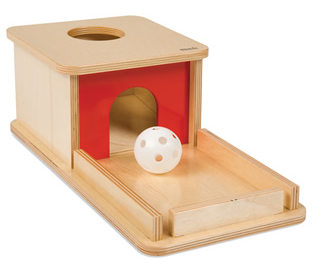
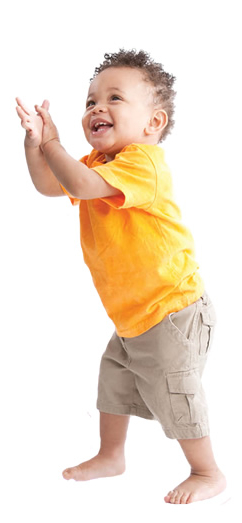
Spanish Immersion
Why Spanish Immersion?
Many parents are concerned that speaking to their child in different languages will confuse them and result in a language development delay. This is a myth that studies have found it is not bilingualism itself, but the way that it is exposed to them that affects the delay. In fact, exposing them to more than one language is beneficial for their learning as current research shows that children benefit with increased vocabulary, ability to communicate with more people, creativity, and complex problem-solving skills. It has been proven that children exposed to other languages and cultures at an early age empathize better with others and develop higher emotional intelligence. Children in our program learn Spanish through meaningful activities with a native Spanish speaking trained guide.
Some of the benefits of learning a second language are:
- Cognitive benefits: enhanced brain development and increased linguistic awareness of language structures and nuances, which can improve their overall language skills.
- Improved academic performance: higher test scores and improved literacy
- Global perspective: cultural awareness and global competence
- Career opportunities: competitive advantage and economic benefits
- Language acquisition skills: faster language learning and improved first language skills.
- Social and emotional development: improved social skills and greater empathy.
- Flexibility and adaptability: cognitive flexibility and resilience
- Lifelong skill
- Preservation of cultural heritage
Overall, early language acquisition not only provides numerous cognitive, academic, and social advantages but also equips individuals with valuable skills for life in an increasingly interconnected and diverse world.
If you want to learn more about bilingualism, we have included a few articles below:
Toddlers
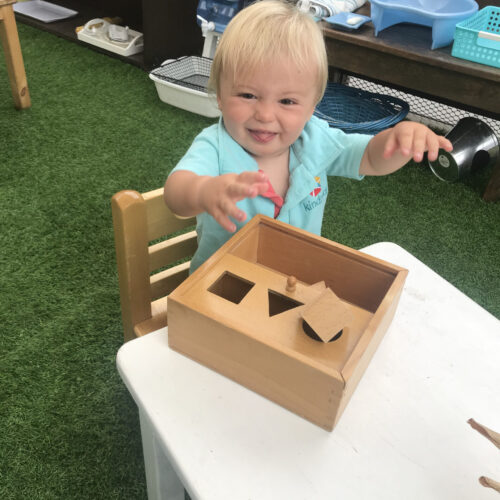
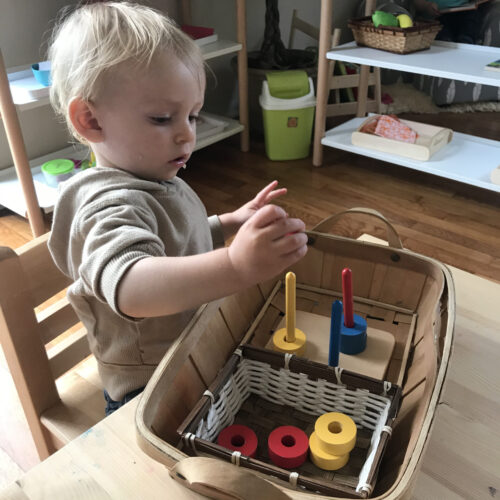
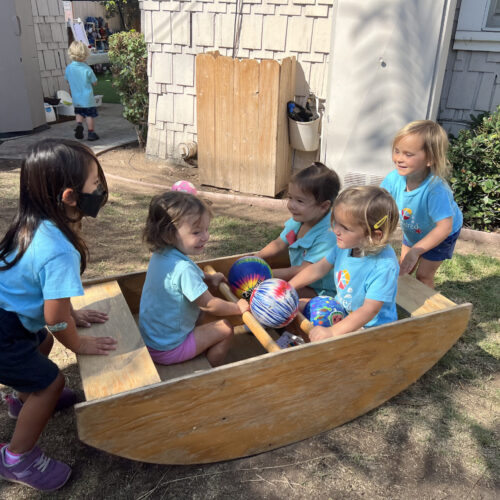
This program is designed to gently introduce toddlers to the experience and community of a school environment.
A cozy classroom welcomes each child. The space is carefully prepared to meet the needs of the developing toddler, with inviting materials and activities that are accessible at the child’s level.
Led by Montessori-certified teachers specializing in infant-toddler care, our Toddler Program encourages toddlers to observe, question, and seek answers. The curriculum focuses on enriching vocabulary, building receptive and expressive language skills, and fostering self-awareness and socialization. Children are free to move around the classroom and select materials and activities that pique their interest. Teachers guide rather than instruct. They engage children with classroom materials, model grace and courtesy, and gently encourage children as they establish everyday life skills, such as feeding themselves snack, cleaning up, and using the toilet.
Movement and music are interwoven into daily classroom activities. Singing songs and sharing literature is the best way for toddlers to develop memory, language skills, and vocabulary.
Also, physical activity is promoted by opportunities to play on our playground and at the park, where active toddlers can socialize and develop their large motor skills.
Toddlers are constantly surrounded with rich and stimulating conversations to support this once-in-a-lifetime period of rapid language development. Toddlers meet for circle time to learn songs, learn to share by talking and listening, and explore literature. By the time our toddlers are ready to move up to the primary classroom, they are fluent in Spanish and ready for more language exposure.
Children are curious by nature. Maria Montessori observed this behavior and created a method of education that works to support the child’s innate curiosity. To that end, she designed a toddler learning environment where the child has the freedom to explore and discover based on their evolving interests. In our classrooms everything is accessible to toddlers. The furniture is the perfect size and height for them to sit in a chair, work at a table, or reach materials without having to ask for help.
The learning materials are also designed with them in mind. They’re easy to manipulate, they’re challenging enough to be educational but not so difficult that they require constant assistance, and they’re self-correcting (the child will know if they have succeeded at their task without having to wait for a teacher to tell them). This makes hands-on learning and play much more accessible.
The teacher’s primary role is to refresh the environment throughout the year with increasingly challenging work. In that sense, the teacher is more of a coach or personal trainer; Montessori actually preferred to call the teachers “guides.”
Preschool
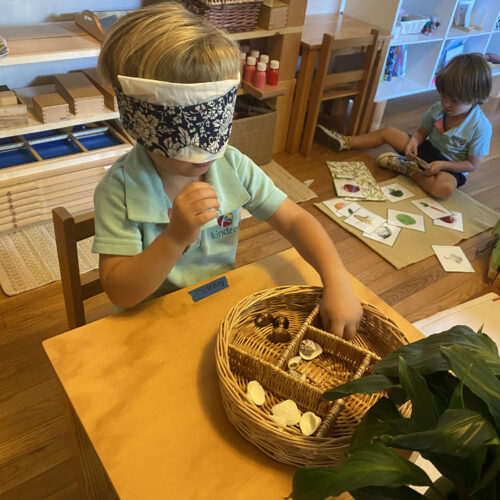
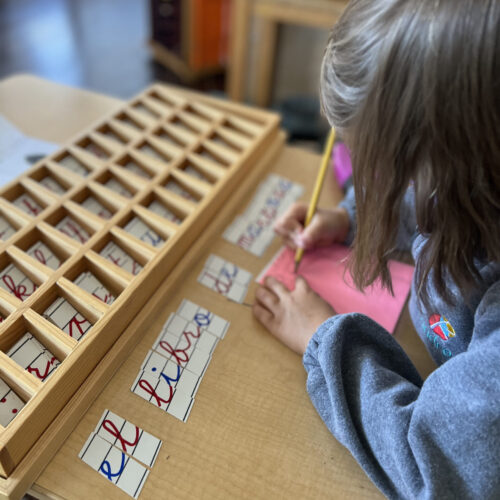
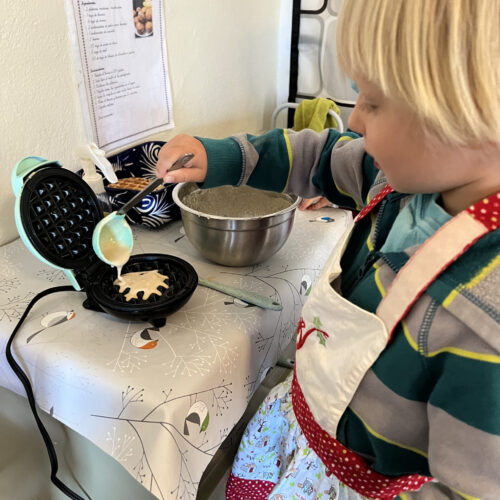
Dr. Maria Montessori believed that children are uniquely primed to learn during their first six years of life, and that they have the ability to learn as naturally and eagerly as they learn to walk and talk if encouraged in an appropriate setting.
Our classrooms provide this “prepared environment” in which children are free to explore and learn at their own pace. Each classroom has a full complement of Montessori materials. The teacher acts as a guide to the classroom, recognizing periods of readiness, introducing new materials, and demonstrating how to use them in an individualized way. This is done at a pace that meets each individual child’s needs and matches the natural rhythm of their development. Instead of creating a generic learning plan for the classroom, each student is given the individualized attention they need when they need it.
The multi-aged classroom is a major component of the Montessori philosophy. The three-year age span allows younger children to see possibilities for future development and gives the older children a clear sense of the progress they have made. There is no artificial division of the ages so a child of 3 may do the same work as a 4- or 5-year-old depending on each one’s interest and ability. The program comes to full fruition in the kindergarten year when all of the previous lessons and experiences come together in a meaningful whole, and the students have the opportunity to mentor the younger children.
The Montessori curriculum in the primary classroom:
- Practical Life activities build confidence and independence through the development of self-care skills, concentration, coordination, and a sense of order—all for later learning.
- Sensorial, hands-on materials that engage all of the senses initiate critical thinking skills, preparing students for future challenges in mathematics, science, and language.
- Language nurtures a love of language with manipulatives that build a deep understanding of the fundamental components of reading/writing. The environment is infused with books and a spirit of individual expression.
- Geography & Cultural Studies capture the curiosity of students excited to explore their world.
- Mathematics – from simple to complex, concrete to abstract, unique Montessori materials engage children in learning fundamental concepts that prepare them to approach learning with a mathematical mind.
- Science provides new tools and opens children to a new way of looking at the world around them.
Aftercare
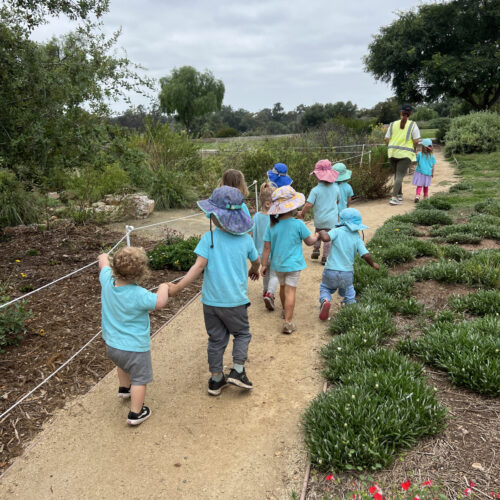
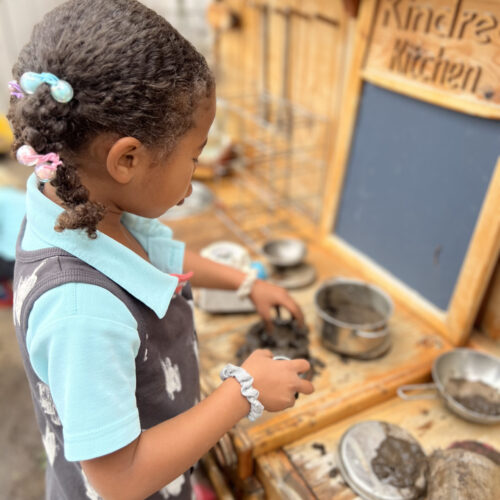
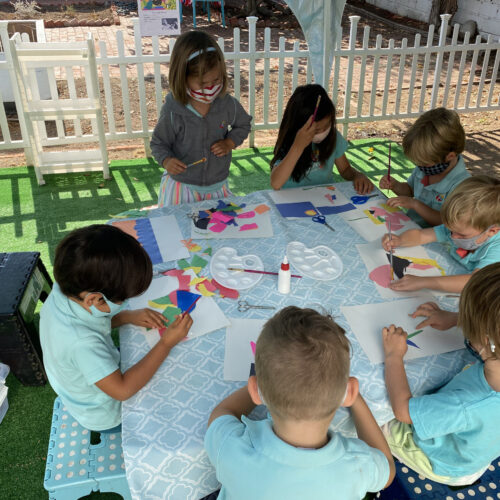
Our aftercare program is designed for all students who attend Kindred Montessori and children from outside that need care after 3:00 pm. If you are interested, please inquiry availability.
Aftercare hours: 3:00 pm – 5:30 pm
Price: $580.00 monthly
Drop-in fee: $35 per day.
In the aftercare program, children will enjoy a variety of activities, including playing together with puzzles, construction blocks, Legos, magnetiles, a dollhouse, a mud kitchen, trains, trucks, and more. Additionally, they will participate in art projects, gardening, cooking, and occasional walks to the park.
As they engage in these diverse activities, the children will be immersed in a Spanish-speaking environment. Our native Spanish-speaking staff ensures that the children continue to practice and reinforce what they’ve learned in the morning, all while having fun and working on different projects.
PROGRAM & MORE
-
8:00-8:15am Children arrive, wash hands, put belongings in cubbies.
-
8:15-10:15am Work Time: Children work independently or in pairs while guide gives individual lessons and/or leading small groups.
-
10:15-10:45am Morning snack.
-
10:45-11:30am Ride to the park.
-
11:30-12:00pm Children wash hands, use toilet and set table for lunch.
-
12:00-12:45pm Lunch time.
-
1:00-2:30pm Nap Time/ Rest time and second work period for older children.
-
2:30-3:00pm Children wake up, use toilet, wash hands.
-
3:00-3:30pm Dismissal for Full-time children. Afternoon Snack.
-
3:30-4:30pm Gardening, cooking, art or other project.
-
4:30-5:30pm Ride to the park, nature exploration.
-
5:30pm Dismissal for extended day children.
-
Closed all federal holidays
-
2 weeks in Winter
-
1 week in Spring
-
3 weeks in Summer
Contact Us
Facility/License #376627055
Hours
Monday-Friday: 8:00AM-03:00PM
Full Day with After care: 8:00AM-5:30PM
Address
Kindred Montessori
3595 28th st.
San Diego, CA 92104
Email Address
Phone Number
+1 (619) 581 8805

